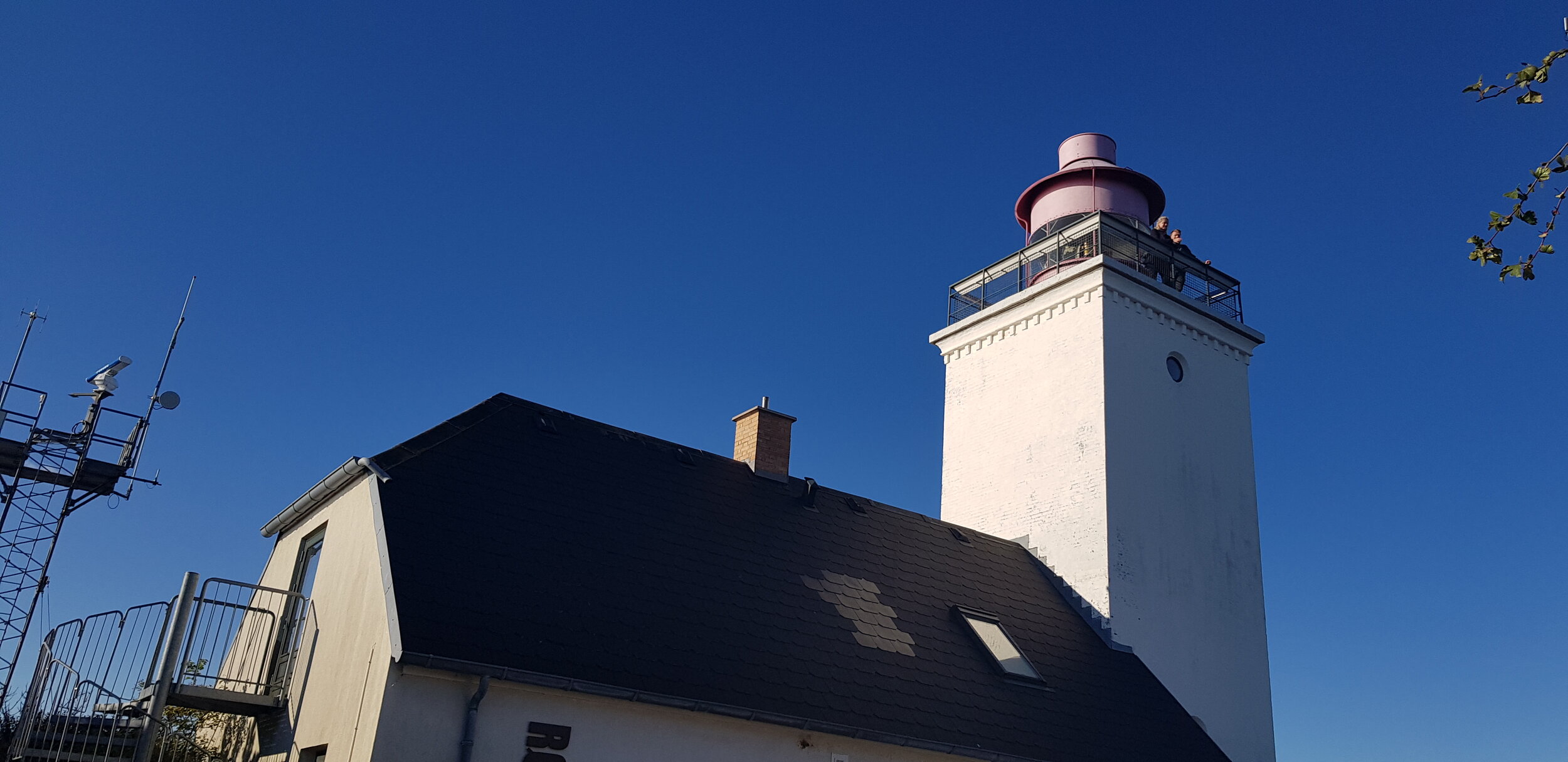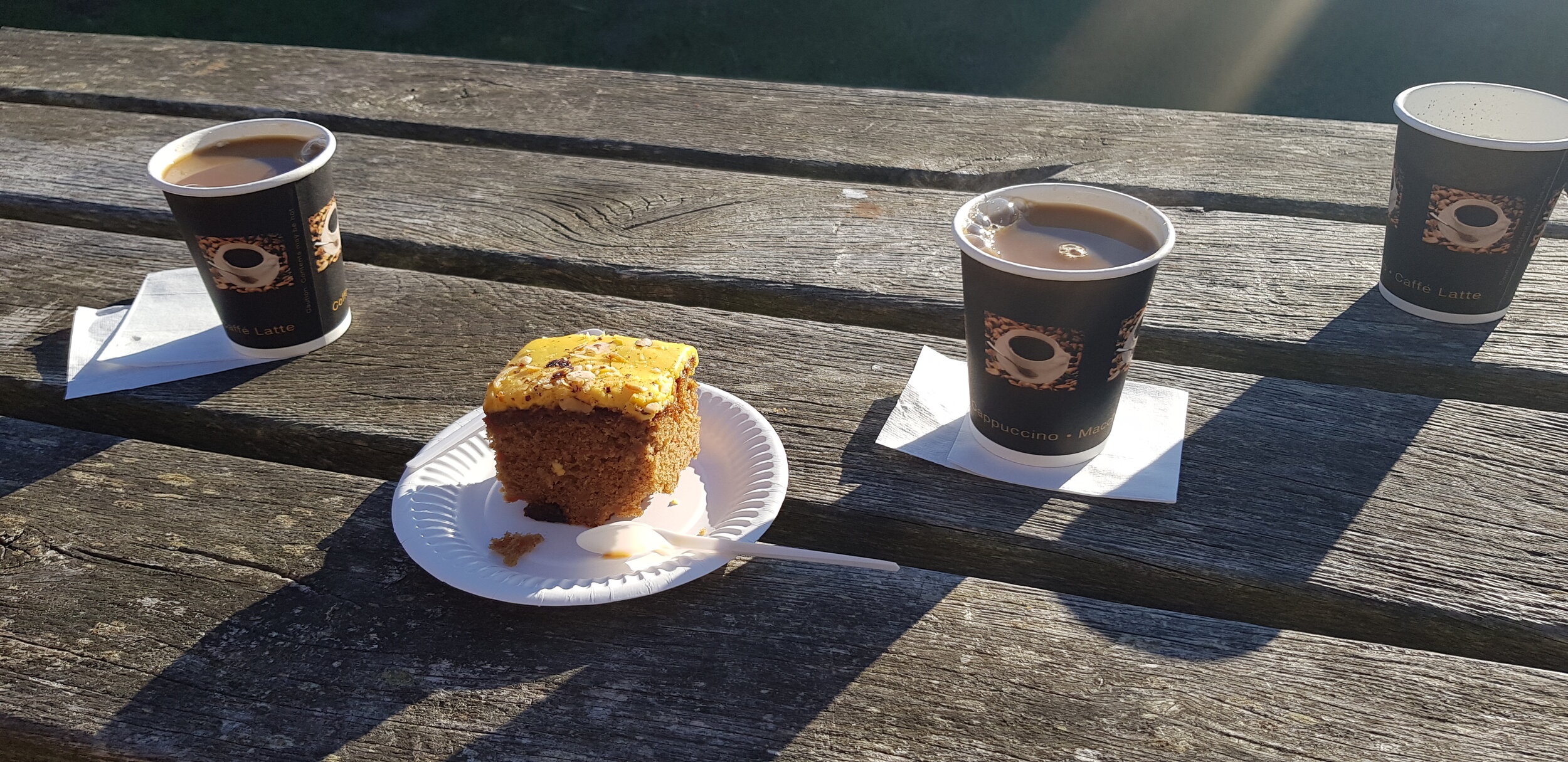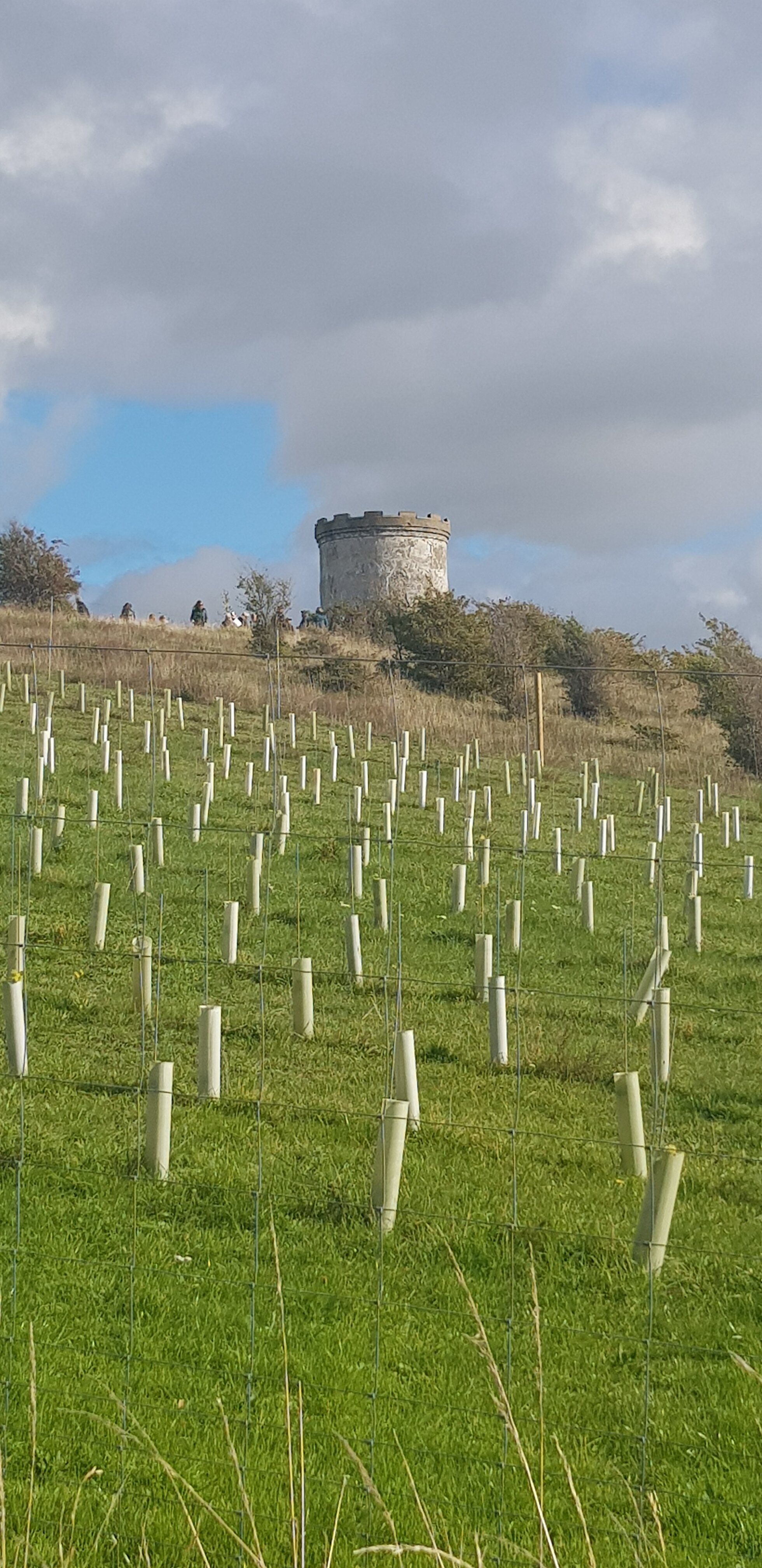
Culinary guides of Copenhagen presents:
Røsnæs, Zealand
Vikings and Vineyards
Kalundborg offers an amazing look into Danish history from a regional perspective. Settled first in 1170, it is a natural harbor at the mouth of a flat fjord leading eventually into the Baltic sea. It’s strategic location meant also that it was important commercially and over the years; it’s industry grew and grew.
Vor Frue Kirke (Church of our Lady), shaped as a Greek cross is 800 years old. Fascinatingly built under the auspices of Esben Snare who had been an active participant in the Crusades to Jerusalem. His brother was Absalon, the Bishop and founder of Copenhagen, who joined him. Esben arrived there in 1192 and became inspired to create this church after the design he saw in the holy land, at the church buried over Christ’s burial site, church of the Holy Sepulchre. Vor Frue Kirke is unique in the entire world! The foundation is designed with four cross ”arms” that finishes with a tower rising from the granite walls over the middle. During the middle ages, people thought that the holy Jerusalem was guarded by 5 towers. Esben Snarre also established a cloister for monks at this church. All persons were Catholic up to the Reformation. The cloister’s current building is from the 1700s. It is painted in a light yellow color which was very popular during this period. Currently, it is the township that owns it.
In 1340, King Valdemar Atterdag built a castle whose ruins we can glimpse. He was king during this period where there was heavy trade going on in the seas surrounding Denmark. There was great competition with the Hanstadt association of Germany and Holland. The castle was in five sections/sides with a double ringed wall.
There was a huge observation tower as well. Our journey continues into the countryside which has been shaped by the last ice age glaciers, 115,000 years ago. The beautiful undulating landscape is home to a valuable and rare ecosystem. The area has also been shaped by war and conflict. Stories from the Gunboat War, World War II and the Cold War have effected it. The Germans established bunkers on the tip of this pennisula.
On our way to tip of the pennisula, we will pass the Loeve windmill, built in 1860 by Dutch settlers. It was used primairly to grind flour for baking. The Dutch were invited to the country to help establish agriculture and commercial strategies. They did very well in Denmark for over 400 years!
Dyrehøj Vingaarg has produced wine since 2007 and is the largest in Denmark and perhaps all of Scandinavia. Solaris is the grape that does best in this terroir which you will get to taste. In fact, we will have a warm lunch here and tour of the vineyard.
After lunch we will make our way through the beautiful landscapes to the Røsnæs lighthouse. It was built in 1844-46 where there had previously been a defense battery. It was originally 11meter tall ( 33’) but extended to 15m (45’) in 1859. There is a home for the lighthouse master to live. Built on cliffs it is quite outstanding as one can see so many islands in the Danish waters as it is the most western point on Sjælland. All lighthouses have their own blinking rythm so sailors know which harbor or point they are at. Røsnæs does 1 second of light, followed by 4 seconds of darkness.
Duration:
3 hours (ex. Transport to Kalundborg). Not not recommended for disabilities/wheelchairs
Tastings:
We will enjoy a full, warm lunch with wine tasting
Train:
Copenhagen main station Inter-city train to Roskilde Station, change to Regional train to Kalundborg. Price: round trip approx. 300kr with reserved seat. Thereafter, journey in mini-bus.
Guide:
All guides are certified. The tour is offered in English and Danish. Other languages can be accommodated upon request.
Tour by mother vehicle:
Pick up in Copenhagen, travel in vehicle throughout tour. Average price per person 350kr.
Price:
450DKK ex. transportation per person.






